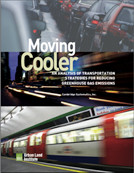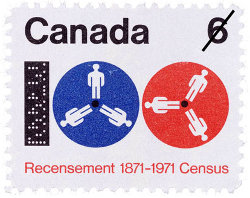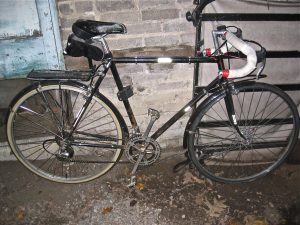 In the web world, the public conversation about climate change on mainstream discussion and media websites is quite distorted. The comments sections are filled with poorly informed opinions (on all sides of the debate), personal attacks and disinformation. (It’s widely documented that the fossil fuel industries and other motivated groups are pouring significant amounts of money into propagating disinformation.) There’s really no meaningful “conversation” happening on most sites, the comments usually shed little real light on the subject at hand, and I don’t think anyone changes their mind by reading the comments. See some examples here
In the web world, the public conversation about climate change on mainstream discussion and media websites is quite distorted. The comments sections are filled with poorly informed opinions (on all sides of the debate), personal attacks and disinformation. (It’s widely documented that the fossil fuel industries and other motivated groups are pouring significant amounts of money into propagating disinformation.) There’s really no meaningful “conversation” happening on most sites, the comments usually shed little real light on the subject at hand, and I don’t think anyone changes their mind by reading the comments. See some examples here
I find it fascinating how real conversations are underway in some places on the web, though. Slashdot is a computer-science-geeks site I’ve been reading for 10+ years, with a very politically diverse spectrum of people on it. If you looked at most political articles there, the discussion is all over the place — left wing vs. right wing vs. libertarians vs. communists vs. anarchists vs. more libertarians.
But the forum is moderated, and well-moderated. And when it comes to climate change articles, the audience is technical, science-reading, and smart. Of the thousands of comments posted on each article, the readers vote the “best” ones up in a fairly effective manner using volunteer moderators and meta-moderators. Most heavily-debunked “denier” talking points are thoroughly rebutted and often voted right out of view. See for example
My recollection from reading Slashdot 5-6 years ago was the opposite — that the debate was much more vigorous, with denier talking points being moderated up equally with climate science talking points. But after scanning several 2004-07 posts, I don’t actually see that — Slashdot’s community and moderation system seems to have effectively rebutted the denier talking points for quite a while. See for example
It speaks to me about the value of websites with a real defined “community” and good moderation systems. It’s possible to learn a lot about the subject by reading Slashdot’s comment sections today, even though the site’s articles alone are minimal or poor. It’s also possible to take an interest in the subject without being repulsed by the constant name-calling, YELLING and bad writing in most newspapers’ comment sections…
This also makes me wonder if our political system can gauge the public opinion effectively. Is the “public’s opinion” the raw, unmoderated comments of a newspaper — or is it what would emerge if online newspapers with a fairly democratic / meritocratic moderation system like Slashdot’s? (Sure, political offices rely primarily on polling; but they still learn the nuances of public opinion from letters to the editor and other such sources.)
Food for thought.


 I’ve finally published my
I’ve finally published my 
 An appalling decision from the Canadian federal government today, reported by the Globe & Mail here:
An appalling decision from the Canadian federal government today, reported by the Globe & Mail here: 

